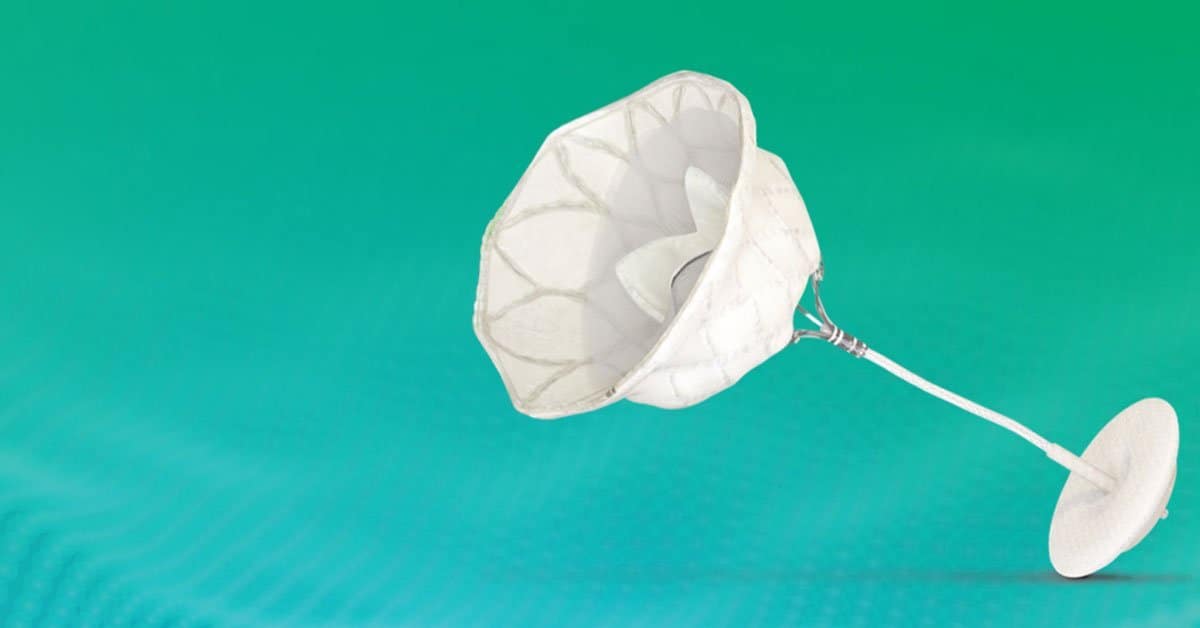MedAxiom just released its 11th annual Cardiovascular Provider Compensation and Production Report, providing more data on these subjects than most of us could ever imagine, while revealing general stability in 2022 after years of significant change.
Within this massive 58-page report (n=5,806 providers, 198 programs) are six core trends that reveal how cardiovascular provider jobs are evolving:
Compensation Going Up – Cardiologist compensation continued its upward trend since 2018, while hospital-integrated physicians’ expanded their earnings lead (integrated system: $581k to $645k; private practice: $517k to $588k).
- EPs and interventional cardiologists remained the top-earning subspecialists ($715k & $710k), followed by invasive, general, and advanced HF cardiologists ($662k, $585k, $575k).
Production Stable – Despite notable CMS changes, cardiology’s wRVU production was relatively stable, with most subspecialties falling within 3% of 2021’s levels.
- Advanced HF cardiologists saw wRVU production jump 9% to 5,494 wRVUs per FT cardiologist (they still had the lowest production), while EPs overcame CMS’ significant ablation reductions and only saw a 2.1% decline to 13,118 wRVUs per FT cardiologist (they still had the highest production).
Hospital Integrated Cardiologists – Back in 2008, 90% of cardiology groups were privately owned, but private practices plummeted to just 11% of groups in 2021 and 2022.
- However, the number of private practice-employed cardiologists and cardiac surgeons both increased slightly from 2021 to 2022 (16% to 18%; 2% to 7%).
More New Patients – New patients per full time cardiologist reached a median of 632 in 2022 (a MedAxiom survey record), while cardiologists’ median patient panel reached 1,711 (second highest in survey history).
- Much of that trend was driven by ambulatory care, where median new patient office visits reached 376 per FT cardiologist (another survey record), up by over 30% since 2014.
Aging Cardiologists – Back in 2014 just 19.2% of cardiologists were 61 or older, but that jumped to 26.4% in 2021 and 2022… and another 5% are 71 or older.
- Although not yet retired, 61-70 and over-70 cardiologists are far less likely to participate in full call (72% & 44%), creating a greater labor deficit than overall headcount might suggest.
APPs on the Rise – Unsurprisingly given the above trends, cardiology’s advanced practice provider-to-physician ratio continued to rise since 2018 (per-cardiologist: 0.50 to 0.62; per-cardiac surgeon: 1.05 to 1.65).
- APPs also saw notable increases in production (wRVUs per APP: 894 to 1,693) and compensation (cardiology: $104k to $121k; cardiac surgery: $131k to $149k) since 2018.
The Takeaway
MedAxiom firmly positioned this year’s data as a sign of increased stability within cardiology, although it’s hard not to focus on the greater longer-term changes to the cardiovascular workforce, patient volumes, and cardiologist pay and production. Those trends are almost certain to influence cardiology in 2023 and beyond.





